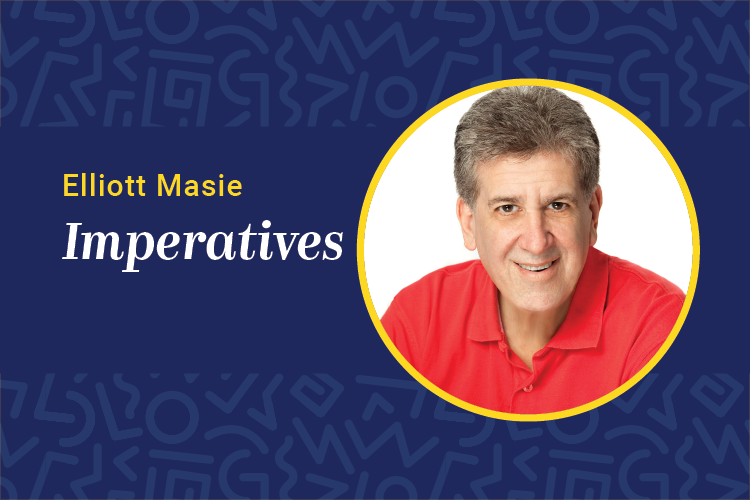The future of learning has embraced the fascinating reality of personalization. More than ever, our workers expect to be able to select, sequence, manage and access learning resources in a manner of their choosing.
Personalization is the ability to choose time, device, style and even intensity of content, context or collaboration. But is personal choice the learning goal?
The learner might have some ingrained preferences. They might like video more than reading or practice more than theory. A learner might be drawn to one topic and have no interest in another key element of a curriculum. Or, they might feel fully competent in an area and skip a learning offering altogether.
Let’s add a few elements to the concept of personal choice that might more deeply serve the needs of the learner, the employer and the enterprise learning culture.
- Machine learning: What if our learning management system and other learning systems could track each learner’s behaviors and modify the content and activity elements accordingly?
- Continuous assessment: What if our assessment systems were continually mapping the readiness of each learner — finding knowledge gaps — and the readiness of groups of workers? For example, what is the readiness of all new hires in a certain division of the company?
- Stretch offers: What if we could offer the learner an occasional stretch content cluster, which does not map to their personal preferences, but that is a powerful accelerator of time to competency?
- Learner dashboards: Imagine if each learner had a dashboard of their required skills, renewed certifications, emerging product knowledge and personal development targets. The dashboard would blend a learner’s choices with organizational assignments.
I advocate that we embrace the excitement and engagement of learning personalization. And let’s add learning specification to the mix.
Let’s shift our thinking to younger students still in school. Innovation models are already combining learner choice with more specification based on assessment and content mapping. There is even movement toward a “curriculum of one,” where learner preferences are blended with machine mapping of the most high-impact activities and effective ways to teach a given topic to a group of students are regularly resourced. Each week, a learner receives a curriculum that combines personal choice with learning specification.
My desire to extend personalization to specification is also fueled by a desire to not throw out the best learning design with the advent of new technology choices. We have a great deal of experience that shows design can help optimize and support individual and community competency and readiness outcomes. Just because learners can quickly swipe past an offered module does not mean we want our nurses to skip content on infection control in the operating room.
Learning specification will be a technical, internal concept that will weave personalization into the enterprise optimization of learning. To prepare for this shift, learning leaders should begin to deepen their exploration of the following:
- Cognitive and brain science: What are researchers learning about content sequence, collaboration, simulation and even support from peers?
- Evidence approaches to innovation: Move to an evidence model, continually testing alternative strategies. What if orientation was done on Day 14 rather than Day One? Gather evidence and compare.
- Machine learning: Track the use of all data to construct the ideal next activity, assignment or example.
- Memorization shifts: As learners memorize less of the searchable content, how can design adapt?
- Failure as a tool: How can we specify practice moments where the learner will positively “fail” as a step toward gaining the ability to succeed soon?
- Learner self-awareness: How can we increase the learner’s awareness of their own skills or gaps?
- Learning style choices: How can we create engagement styles that range from introvert to extrovert?
Learning specification can help build skills, increase readiness, stay compliant and focus on the learner, all while honoring their desire to personalize.















